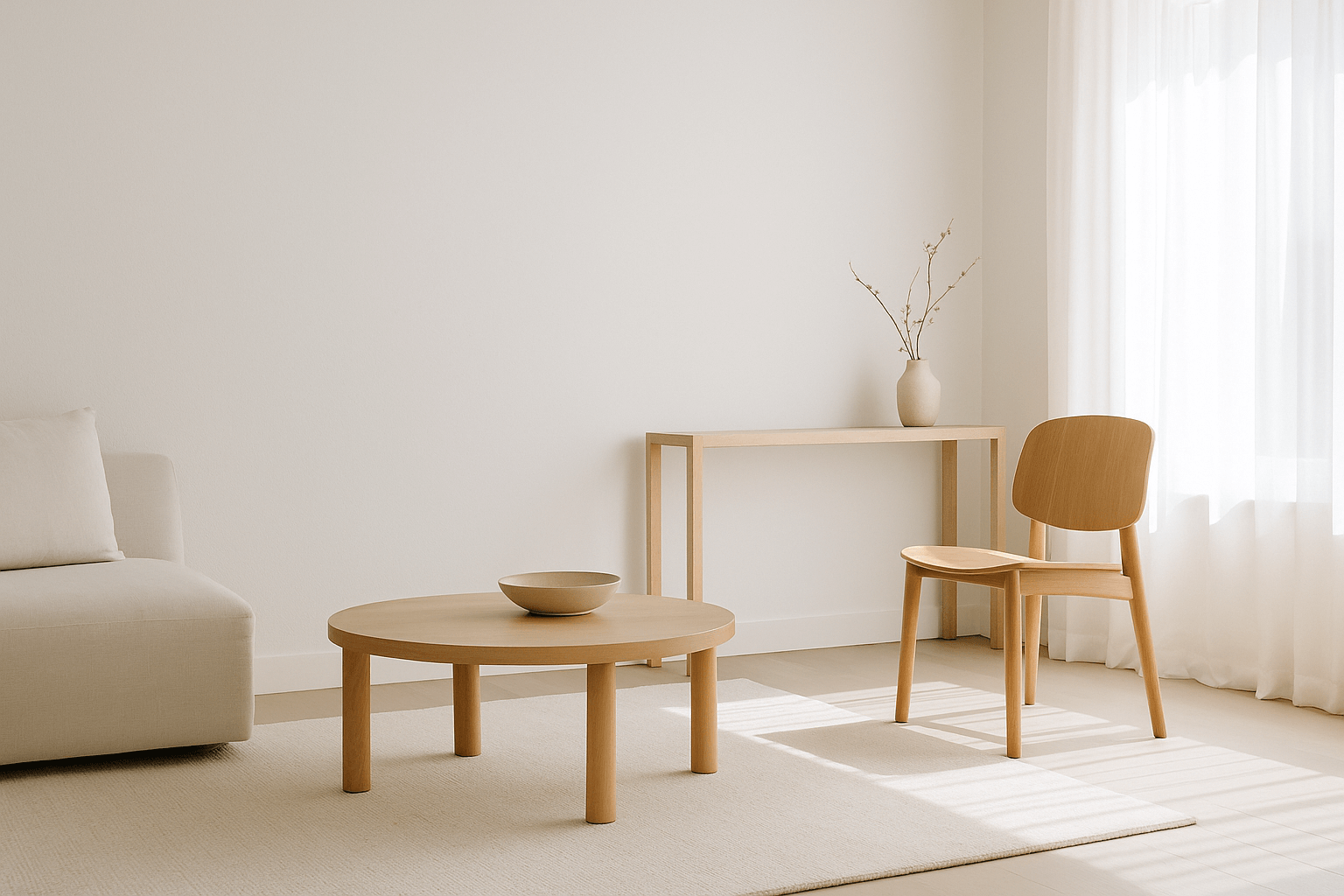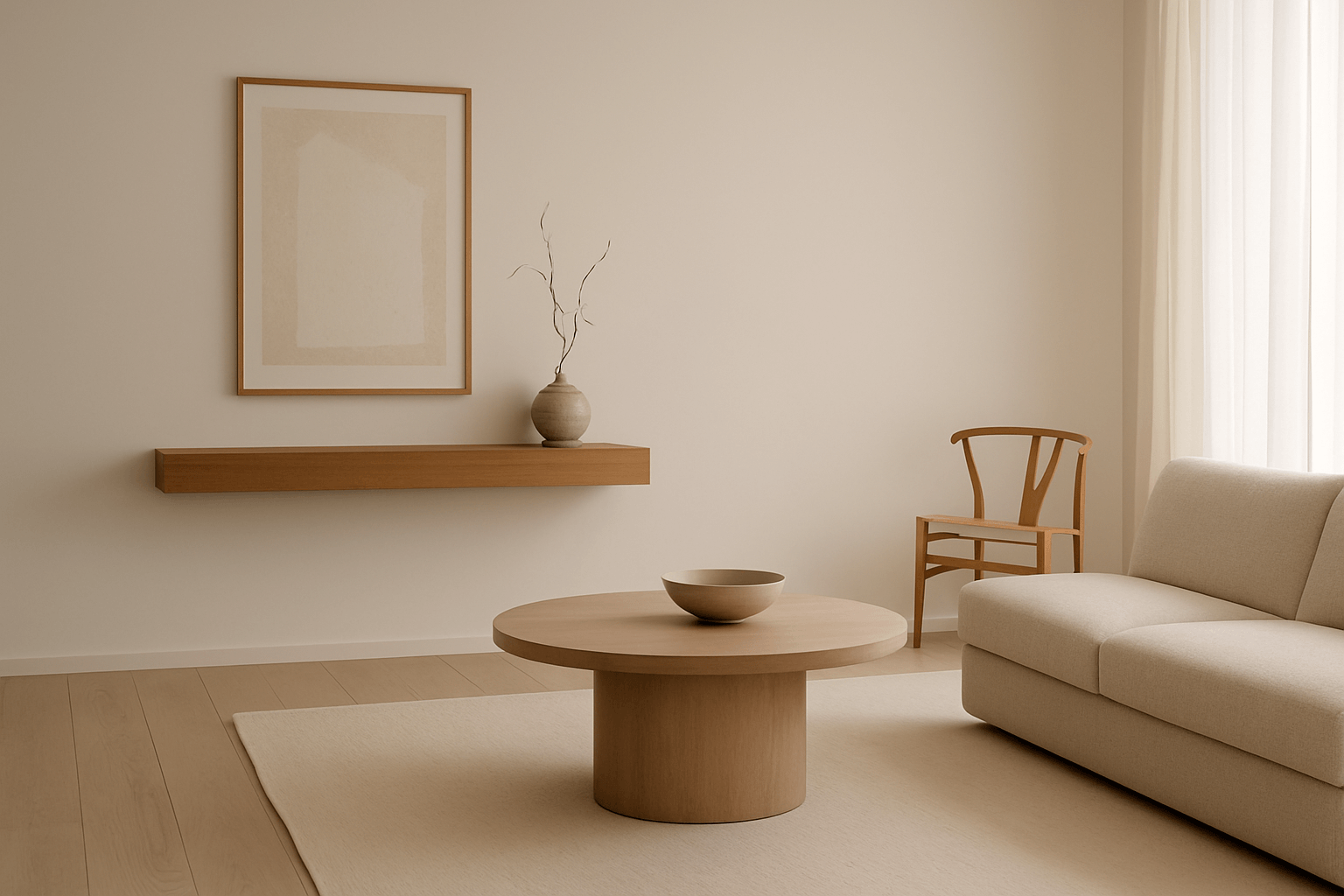The Power of Quiet Design
Minimalist interiors might appear simple at first glance—but look closer, and you'll notice something powerful: the beauty lies in the details that whisper, not shout.
A well-placed seam. The subtle curve of a chair leg. A matte finish on a ceramic bowl. These quiet, refined choices are the foundation of great minimalist design.
In spaces where less is present, each detail carries more visual and emotional weight. That’s why in minimalism, small things matter most.
Why Details Matter in a Minimalist Space
-
There’s no noise to hide behind
Without bright colors, busy patterns, or over-accessorizing, the eye naturally settles on form, texture, and finish. -
Subtlety becomes impact
In minimalism, refinement replaces excess. A soft shadow, a material junction, or the weight of a drawer pull can define an entire room. -
Intent is everything
Every object you allow into your space should feel considered. The stitching on a pillow, the tone of wood, or the silhouette of a chair adds to the story of your home.
The Types of “Silent Details” That Matter
1. Edges and Curves
Minimal furniture often looks simple but is refined through micro-details like rounded corners, chamfered edges, or perfectly proportioned legs.
2. Texture and Material
Without color or clutter, texture becomes the visual language. Pair raw wood with smooth ceramic, boucle with brushed metal, linen with matte clay.
3. Joinery and Craft
In a minimalist home, exposed joints, visible screws, and handmade finishes become focal points—not flaws. They speak to authenticity and craftsmanship.
4. Negative Space Around the Object
The placement of an item can be just as important as the item itself. Leaving space around it helps highlight its form and presence.
5. Light Interaction
Soft shadows, reflection off matte surfaces, and the glow of diffused light across a wall amplify small design moments. Lighting helps the details speak.
How to Train Your Eye for Minimalist Detail
-
Slow down when observing a room. Ask yourself what’s drawing your eye—and why.
-
Touch materials before you buy. Minimalism is as tactile as it is visual.
-
Study craftsmanship: handmade pottery, well-built furniture, quality textiles all elevate the simplest spaces.
-
Embrace asymmetry and imperfection—these often add more depth than flawless finishes.
Final Thoughts
In a minimalist home, there are no distractions. Just quiet beauty, gently unfolding in the smallest choices.
Designing with restraint doesn’t mean removing interest—it means elevating the subtle. When you tune into these silent details, your home becomes not just a place to live—but a place to notice.
















